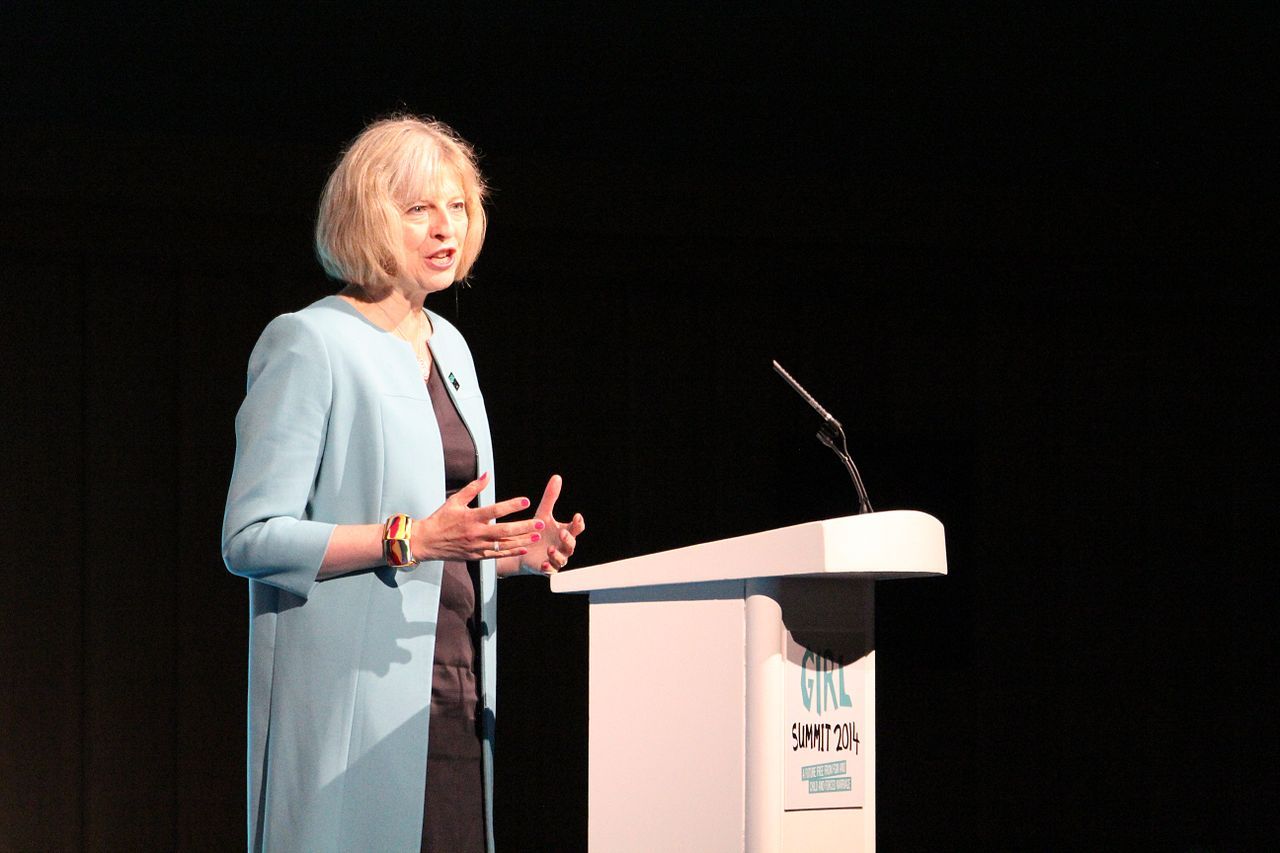Royal Honor: Arunima Kumar Becomes the First Kuchipudi Dancer to Receive the British Empire Medal
History was made when Arunima Kumar, a UK-based Kuchipudi exponent of Indian origin, was conferred the Honorary British Empire Medal (BEM) by King Charles III, making her the first ever Kuchipudi dancer to receive this prestigious royal honor.A name synonymous with grace and innovation, Arunima’s journey began in India, under the tutelage of legendary gurus like Padma Bhushan Swapnasundari and Padma Shri Jayarama Rao. Years of dedication, global performances, and cultural advocacy have now culminated in this moment that bridges continents through rhythm.The Honor That Transcends BordersFor Arunima, the recognition goes far beyond personal achievement.“It’s an incredible honour to receive the King’s award, and I’m grateful for this international recognition. For me, it’s not just personal but a celebration of Indian classical dance on the world stage. Kuchipudi has been my lifelong companion — a medium of storytelling, healing, and unity,” she said to PTI.The British Empire Medal is traditionally awarded for outstanding community or public service. That a classical dancer received it highlights how the performing arts can serve as instruments of cultural diplomacy and social change.Through her dance institution, Arunima Kumar Dance Company (AKDC), she has conducted over 3,000 performances in more than 50 countries, training students across the UK, India, and Europe. Her work has taken Indian classical dance to schools, universities, care homes, prisons, and even hospitals, where she uses movement as a form of therapy and connection.Her Instagram Note: A Moment of GratitudeIn her heartfelt Instagram post, Arunima Kumar reflected on her journey with deep gratitude and emotion. She called the honor “a blessing from the universe,” beautifully timed after decades of service to dance. Thanking everyone who made her journey worthwhile, she wrote that the recognition was “a celebration of tireless dedication, persistence, love and trust” built “brick by brick.” Paying tribute to her mother, who chose Kuchipudi for her and encouraged her to leave a corporate career for the arts; her late grandmother, who gifted her silk sarees to make dance costumes; her gurus; and her daughter, Aishwarya, who inspires her every day, Arunima expressed heartfelt thanks to her family and husband, Neeraj, and to everyone who stood by her as pillars through the years.Beyond the Spotlight: Dance as DiplomacyFor decades, Arunima has used Kuchipudi as a bridge between cultures. She has performed for events at Buckingham Palace, 10 Downing Street, and the Jubilee celebrations of Queen Elizabeth II. Her performances blend the storytelling essence of Indian classical dance with themes of contemporary relevance, making the art form accessible to global audiences.Her upcoming project, Samarpanam—A Dance Offering, brings together young British and Polish students to celebrate cultural collaboration through dance, a fitting continuation of her mission to build unity through art.The Legacy of a Cultural AmbassadorWhat makes Arunima’s achievement remarkable is her ability to preserve tradition while expanding its reach. She stands as a cultural ambassador, proving that classical Indian art forms can thrive in the global mainstream without losing their essence.Her journey also reflects the broader story of the Indian diaspora, one where heritage becomes a bridge, not a boundary. By receiving a royal honor, she not only elevates Kuchipudi but also gives voice to the countless artists striving to keep India’s cultural heritage alive on the world stage.Arunima Kumar’s honorary BEM affirms that the language of dance can transcend nationality, geography, and time. In the soft jingles of her ghungroo lies the sound of tradition meeting the future, and in her words, the echo of every artist’s dream:“Many more miles to go.”


.jpg)